Exploring the Four Main Islands of Japan
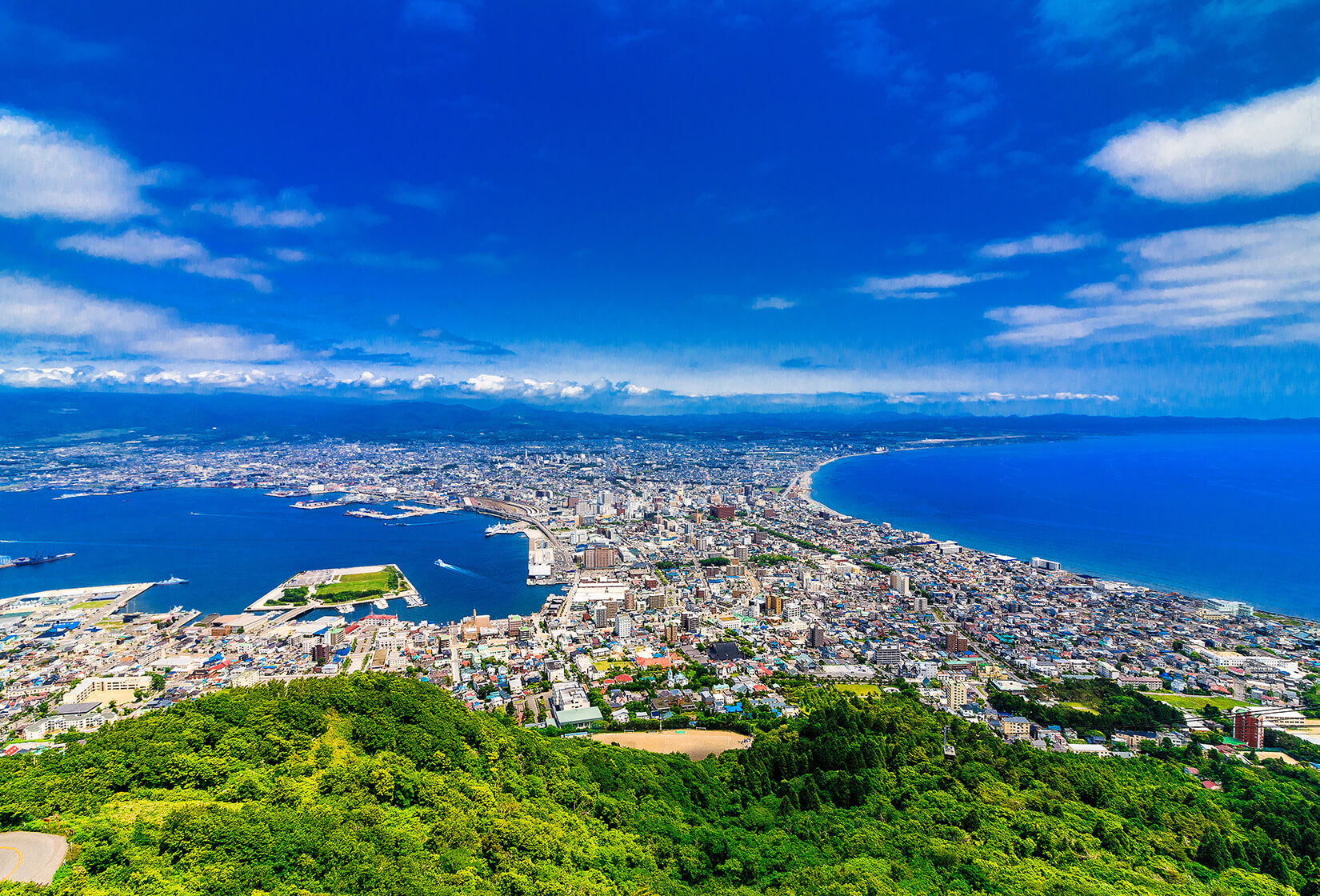
So you’re about to live in Japan, but what can you expect from such a large country? Whether you’re moving to Japan to follow a career path or to seek better living conditions, it’s good to have an idea of the quality of life in different parts of the country. This will surely help you look forward to your new life and easily get settled!
To illustrate just how great and diverse Japan is, the country is an archipelago with 6,852 islands. Although many of these are small and uninhabited, Japan is most known for its 4 largest islands. These islands are considered the country’s mainland and consist of Honshu, Hokkaido, Kyushu, and Shikoku. The country is further divided into 47 prefectures, each with unique cities and towns!
Exploring Japan: The Four Main Islands

Every corner of Japan has a distinct people and culture. The north offers cuisine that varies from the inland and coastal areas. The subtropical south has an ideal climate for taking part in activities around cultural sites. You might already have an idea about the location you’ve been assigned to, or you could still be deciding the best place to migrate in Japan. In any case, with this summary of Japan’s primary islands, we hope to point you in the right direction to your perfect Japan experience!
Honshu
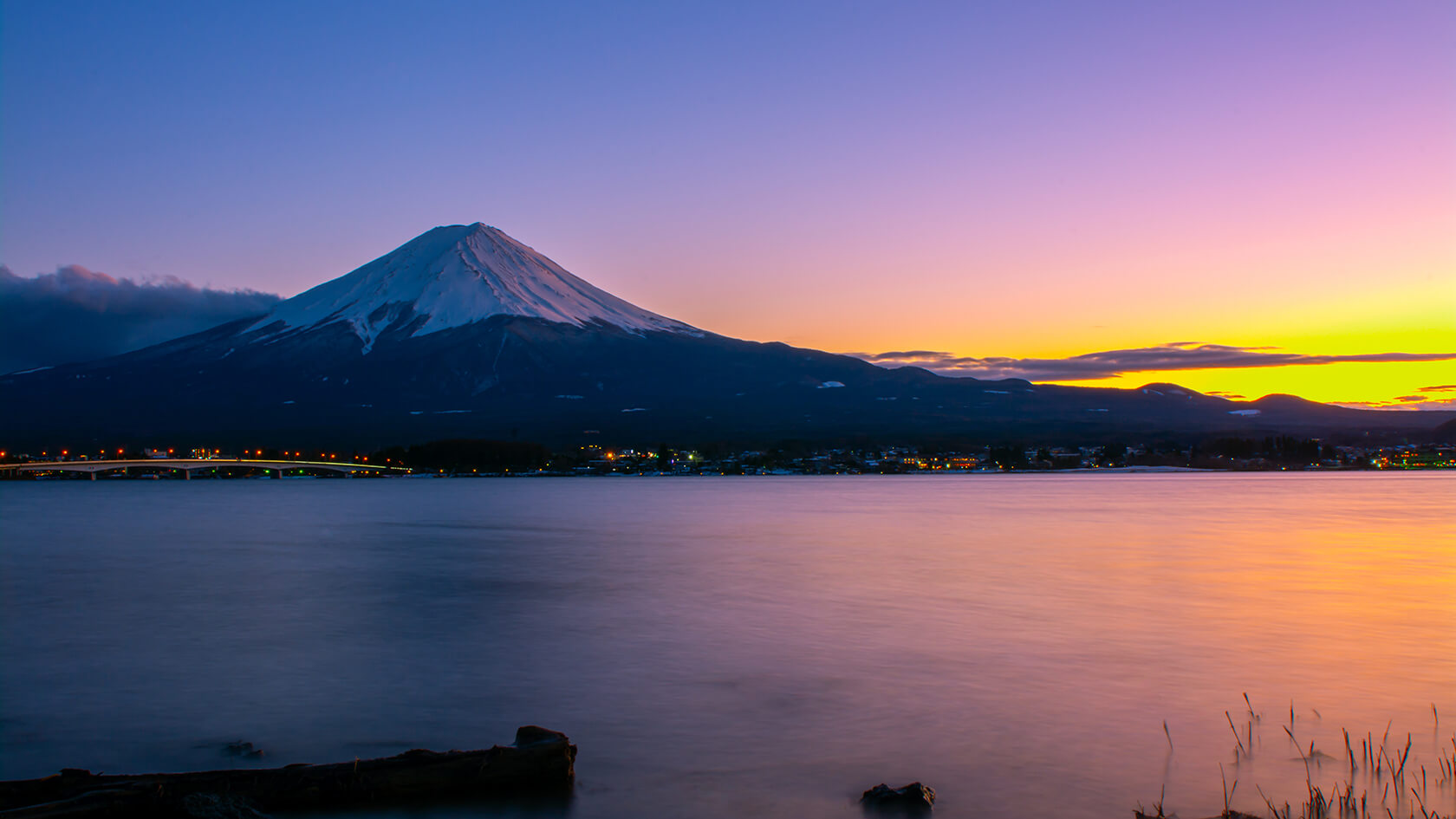
The largest island of Japan is Honshu, with a total area of 227,962 square kilometers. Honshu is also the 7th largest island in the world, stretching at 1,300 kilometers long. Five regions and 34 prefectures make up the island, which also contains most of Japan’s major cities. You can expect constant activity and around-the-clock commotion in the urban settings of this island.
Some of the world’s greatest cities are on Honshu, including Japan’s capital, Tokyo. You can also find cultural sites here, including the country’s highest peak! Mt. Fuji stands 3,776 meters tall, inviting many tourists to hike up the snow-capped mountain. There are even towns at the base of the volcano with much to explore!
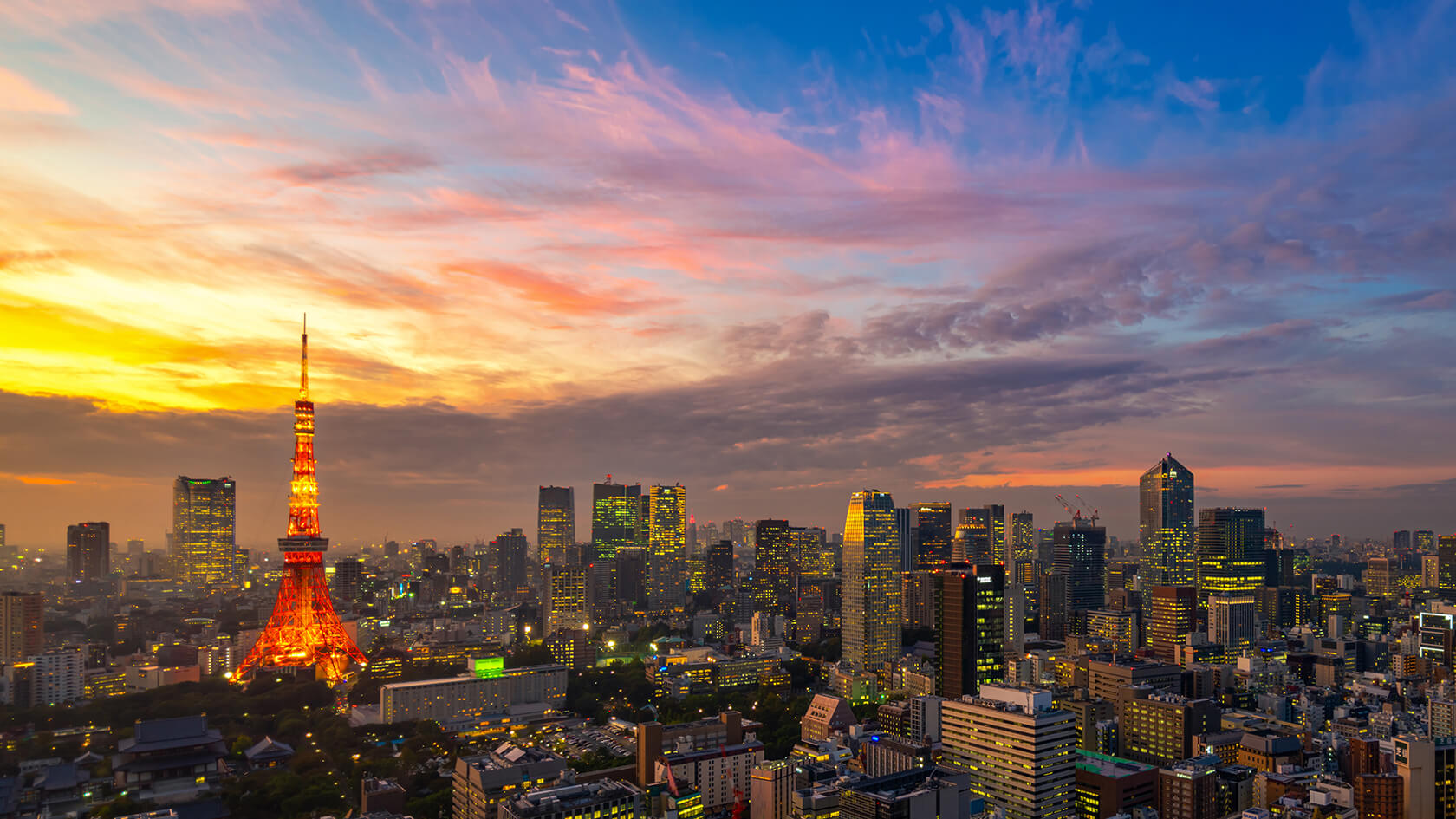
If you’re in Tokyo, you’d have more than enough convenience in getting around the city during the daytime, and even more activities at night! This city has a very efficient and straightforward public transport system that even foreigners without much Japanese language proficiency can navigate. If you want to experience the country’s art and culture, a handful of museums are within walking distance of each other. There are also countless department stores to shop for necessities and luxuries.
To take a break from the busy metropolis, just catch the next train to outer towns for dips in several famous onsen! As the center of Japan, Honshu connects to other primary islands through bridges, undersea tunnels, and underground railways. If you’re in the heart of the country, you have easy access to other areas with Japan’s efficient transport systems. You’ll definitely feel booked and busy if you live in the metropolis, or anywhere in the largest Japanese island for that matter!
Hokkaido
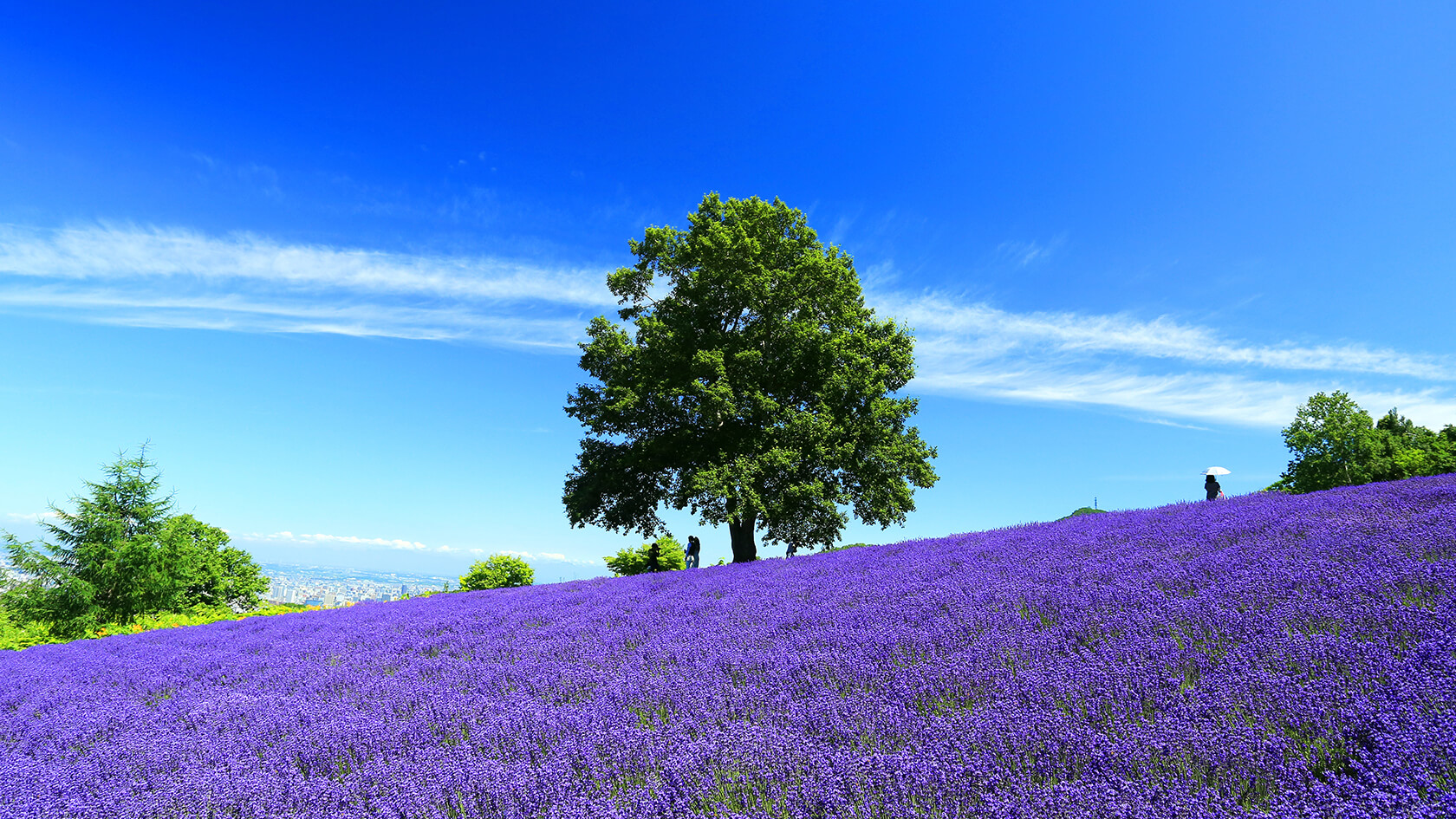
The northernmost island of Japan and perhaps the most preserved of the main islands is Hokkaido. With its distinct climate, you can expect cool summers and freezing winters. The island’s total area of 83,453 square kilometers has a mountainous center, which spreads out to coastal plains. This means the Japanese lifestyle you live in Hokkaido will really depend on the exact location you’ll be staying at. When it comes to food, for example, dairy and beef products are abundant in the inland, while seafood is plenty in the coastal areas!
Most of the island’s natural beauty is untouched, making for incredible sights. Its mountainous landscape gives many opportunities for skiing and snowboarding. This is perfect if you’re into outdoor activities! Hokkaido’s purity is even evident in their dialect, which is deeply rooted in the indigenous Ainu language. You’ll surely hear the difference if you have some Japanese language proficiency, but you’ll adjust well in no time!
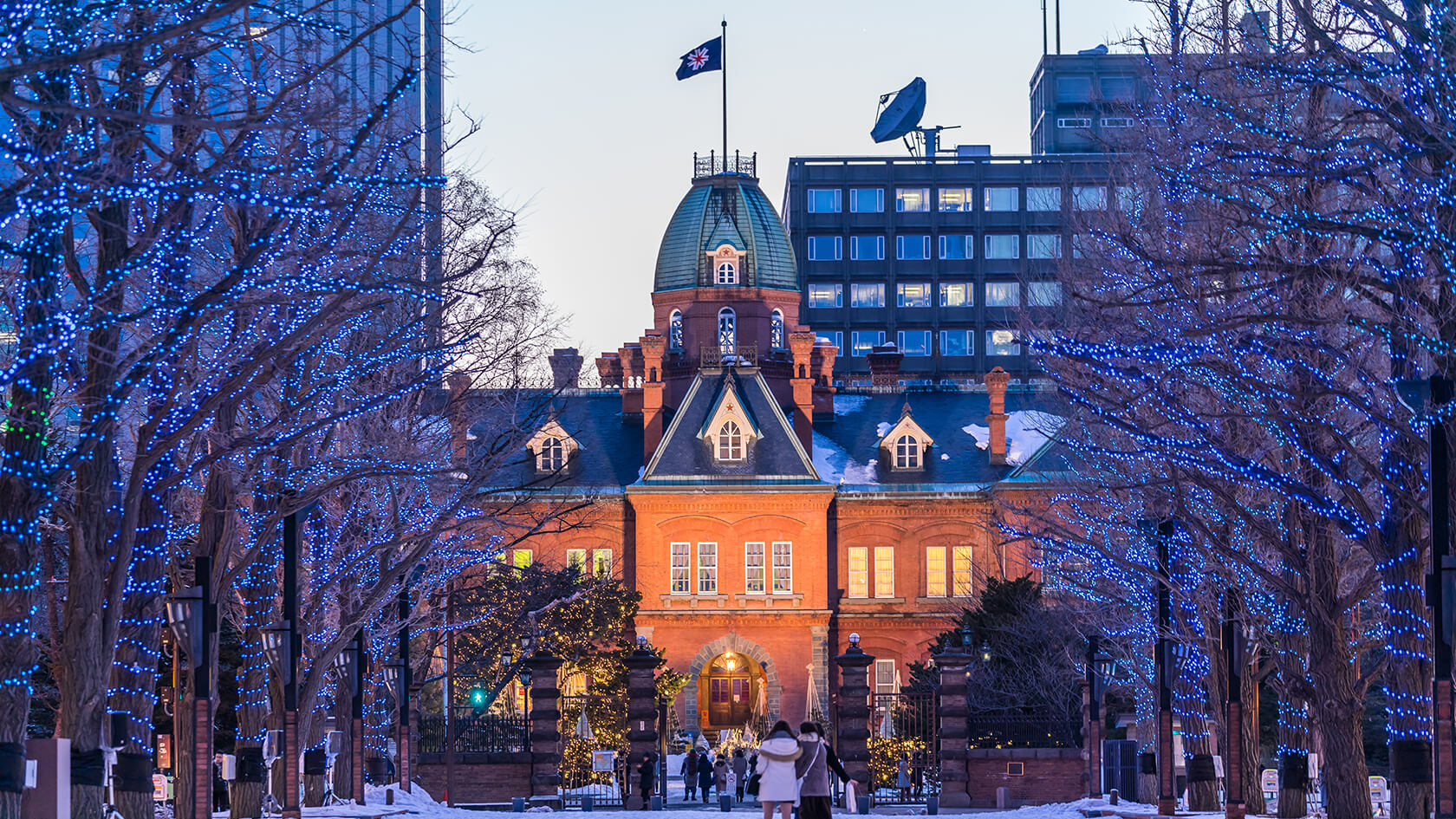
Hokkaido’s largest city and capital is Sapporo (札幌), which is said to mean “important river flowing through a plain” in the indigenous Ainu language. This is the youngest of Japan’s major cities, having begun major developments at the beginning of the Meiji Period (1868-1912). Foreign specialists had a major influence on its progress. As such, its grid road system was patterned after a North American style. You can easily find your way around the city if you’re more comfortable with this type of map.
Sapporo hosted the 1972 Olympic Winter Games and has since gained global popularity for its ramen with 4 different bases, eponymous beer, and annual Sapporo Snow Festival. The city’s popularity with the outside has made it the 5th most populated city in Japan. Sapporo even has a sizeable expat community whom you can connect with and can help show you the ropes around the Hokkaido island lifestyle!
Kyushu
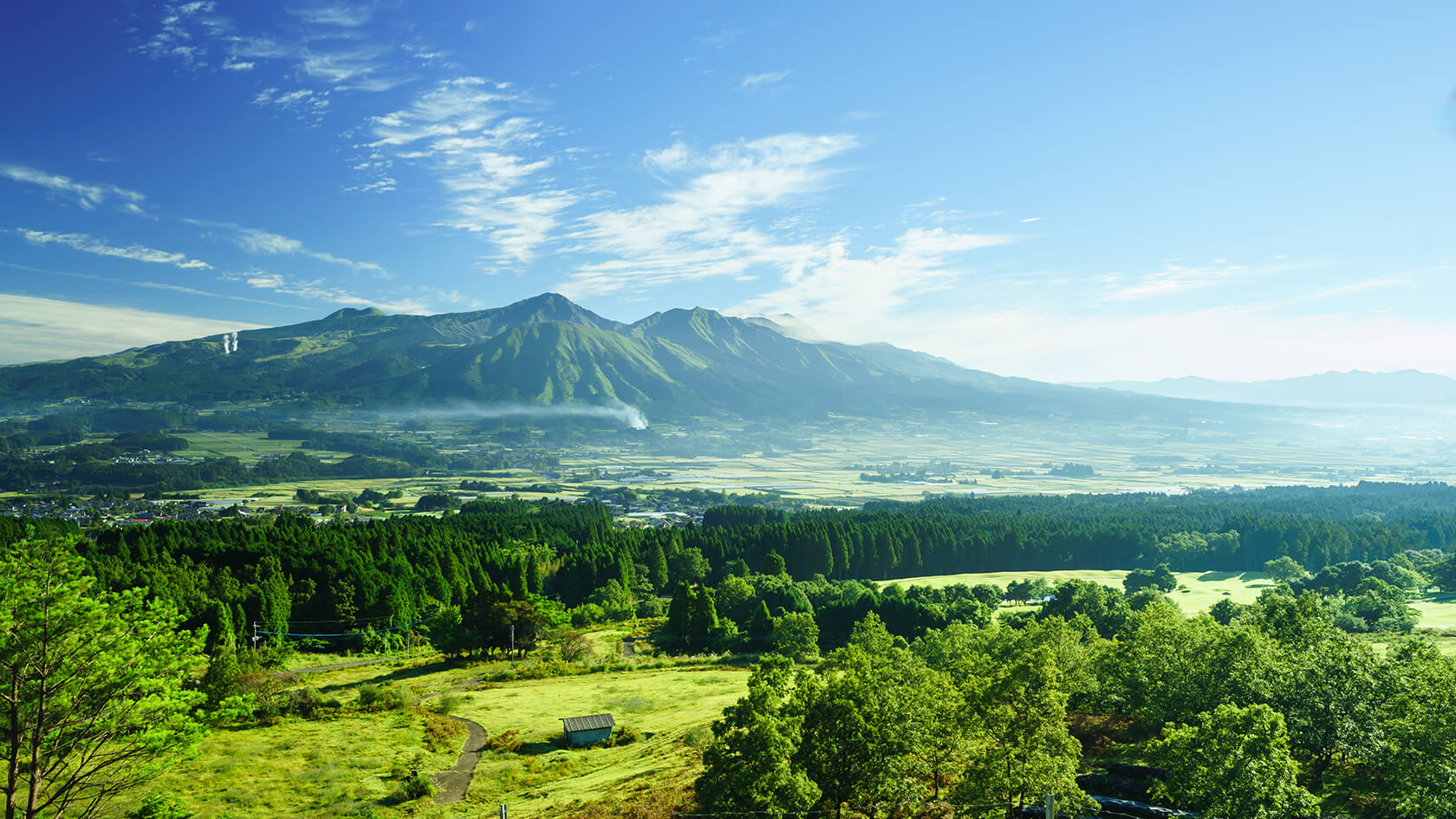
Southern Japan has a subtropical climate and is highly agricultural. If you’re into exploring the great outdoors, Kyushu has the perfect environment for you! This is Japan’s 3rd largest island with an area of 35,640 square kilometers over 7 prefectures. Kyushu is home to many historical sites and preserves its natural beauty amid the bustling modern cities.
Kyushu is extensively mountainous with the volcanic terrain of the Kuju mountain range. Japan’s most active volcano, Mt. Aso, is also on this island. Since volcanic activity in the region is substantial, you can expect a lot of onsen towns! The most famous is probably the steaming town of Beppu, where you can find the ornamental “Hells of Beppu” hot springs.
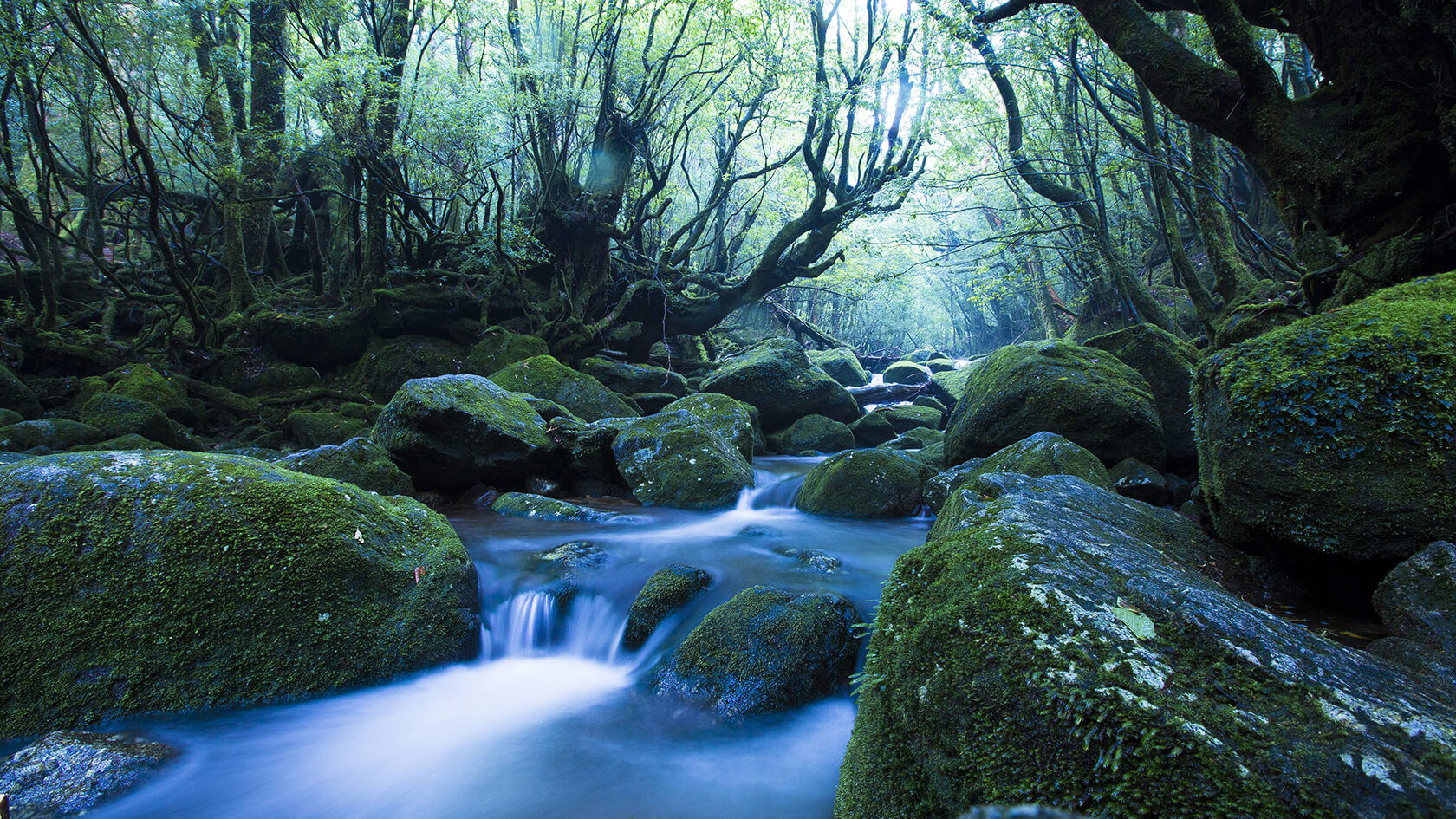
The subtropical Kyushu lifestyle is perhaps most apparent in Kagoshima Prefecture, where Yakushima lies off the southern coast of the island. This is the rainiest place in Japan, with a local exaggerating that the area sees 35 days of rain in a month. Extensive forests that consist of Japan’s oldest cedar trees spread across this subtropical island. Most of the yakusugi (a nickname for the ancient trees derived from “Yakushima” and the Japanese word for cedar, “sugi”) are at least a thousand years old!
In the Edo Period, much of the forest was harvested for cedar shingles. The woods have since recovered from the logging. In 1993, some areas were declared a Natural World Heritage Site. Anime fans might recognize the forests of ancient trees. They are said to have inspired the setting of Hayao Miyazaki’s fantasy drama film, Princess Mononoke (1997). On Kyushu, you’d be living in harmony with nature!
Shikoku

East of Kyushu is the similarly subtropical island Shikoku. As the smallest of Japan’s major islands, most people overlook the charms that this island has to offer. With 18,800 square kilometers spread over 4 prefectures, the Shikoku landscape varies in each cardinal direction. Mountains undulate in the south while lowland plains stretch along the pacific coast, perfect for agricultural practices. You can rest assured that you’ll be eating food made from the freshest ingredients!
Shikoku is perhaps best known as home to several haiku masters and for its many Buddhist temples. In fact, you can embark on one of the world’s oldest Buddhist pilgrimages on Shikoku. The island has a 1,200-kilometer pilgrimage route, with 88 temples along the way. This is taken as a journey to honor the Buddhist monk and founder of Shingon Buddhism, Kūkai (known today as Kōbō-Daishi). Can you imagine living next door to these cultural legends? And what better way to experience Japanese lifestyle than to engage in its traditions first-hand?

Photo by Arjan Beeftink on Flickr
If you move to Shikoku, you could visit quaint attractions on the island such as Nagoro, the Valley of Dolls. This place is quite the ghost town, with a population of 37 humans and 350 dolls. That’s right, life-sized dolls have replaced the original population, all thanks to Ayano Tsukimi!
Ayano decided to retire in her childhood village after living in Osaka for so long. Without much to do, she decided to plant seeds. When nothing sprouted, she thought that scarecrows might help. She then fashioned a doll after her father. Later on, she made dolls to resemble the villagers who either passed or moved away and set them in their most meaningful places. The dolls scattered around town has attracted many tourists, to the delight of Ayano.
Conclusion
From the north, south, and center, the 4 primary islands of Japan have unique experiences to offer. Honshu is the largest island, with many of the greatest cities in the world. The northern Hokkaido has a distinct dialect that sets itself apart from the rest of the country. Meanwhile, the southern islands of Kyushu and Shikoku have subtropical climates that promise a lifestyle close to nature.
The country’s vast islands with various landscapes are reasonably overwhelming for anyone who’s about to live in Japan. But once you have a general idea of the lifestyles each island offers, you can easily adjust and make the most of your stay there!
Motto Japan, the community platform to support foreigners with the foundation for life in Japan, including Japanese study, job opportunities, and housing service. Motto Japan Media will provide a wide variety of information for Japanese fans all over the world, to create a cross-cultural environment and enrich the life of foreign residents in Japan!




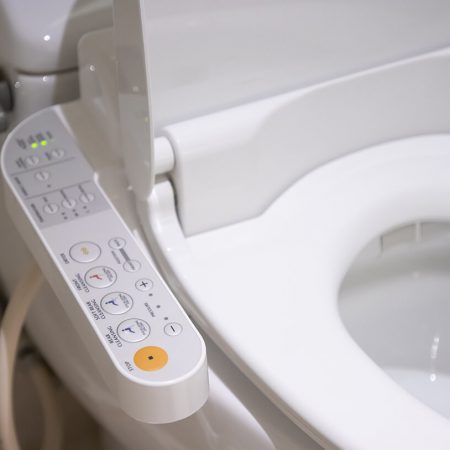

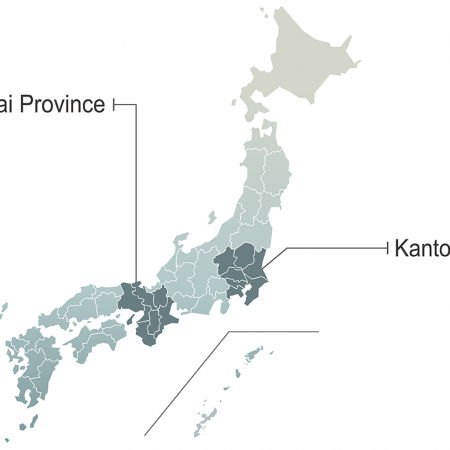

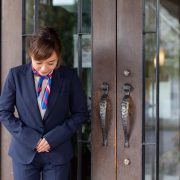

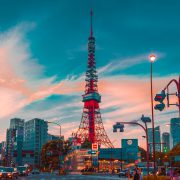


Leave a Reply